-
Welcome to 4Runners.com!
You are currently viewing as a guest! To get full-access, you need to register for a FREE account.
As a registered member, you’ll be able to:- Participate in all 4Runner discussion topics
- Transfer over your build thread from a different forum to this one
- Communicate privately with other 4Runner owners from around the world
- Post your own photos in our Members Gallery
- Access all special features of the site
Suspension Rebuild on 5th Gen 4Runner
Discussion in '5th Gen 4Runners (2010-2024)' started by strannik, Feb 4, 2024.


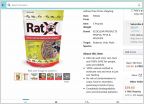 Rodents in Engine bay
Rodents in Engine bay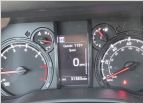 Floor vents
Floor vents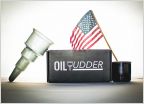 Oil Change - How to avoid a mess when dropping the oil filter???
Oil Change - How to avoid a mess when dropping the oil filter???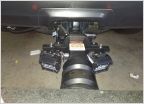 Added Auxiliary Back up LED lights
Added Auxiliary Back up LED lights 2010 4runner - rear window going up very slow, would it be a bad motor ?
2010 4runner - rear window going up very slow, would it be a bad motor ?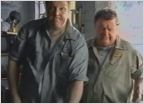 Does everyone use the oil filter housing drain?
Does everyone use the oil filter housing drain?
